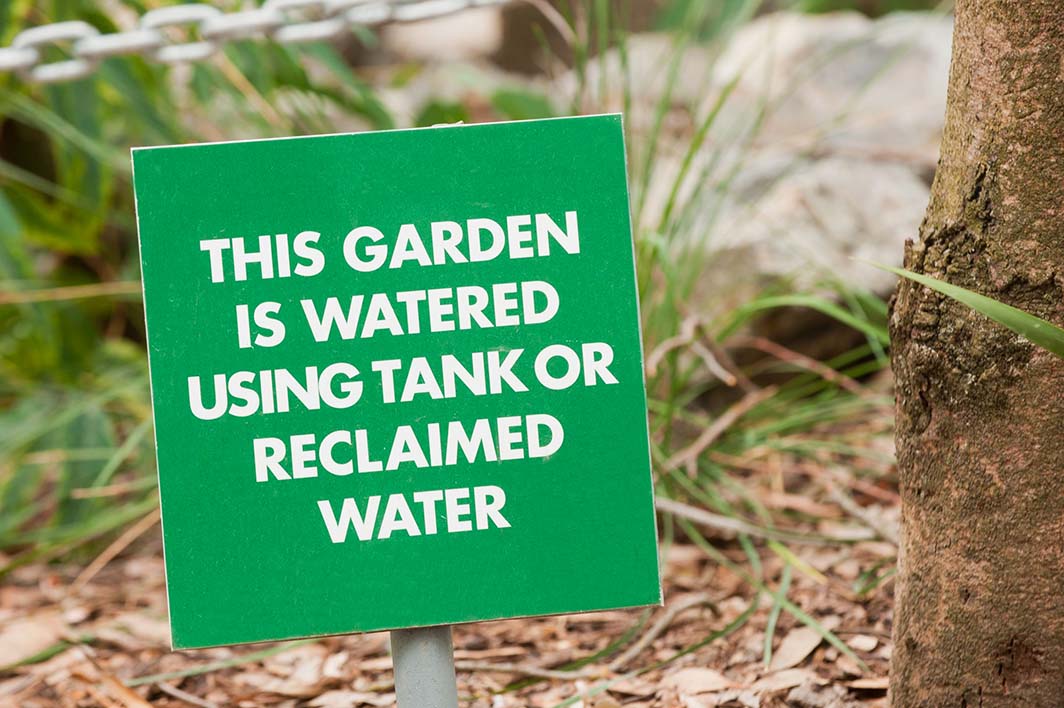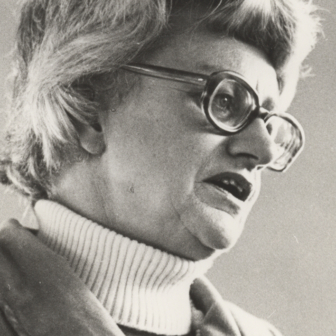Until the 1960s, many Australians had a farmer in their extended family, giving them direct experience of households that still relied on tank water. Today, if urban dwellers know someone who relies on a tank, it’s more likely he or she lives on a small acreage. The bushfires currently engulfing much of the nation have drawn attention to how important it is to have tank supplies when you are beyond “town water.” More and more suburban households are realising that they can use their own roofs to fill their own tanks. More than a quarter of Australian houses now have tanks, with the highest percentages in Brisbane and Adelaide. Over 200,000 households households — from farmers to acreage dwellers— rely on tanks for all their water.
At various times during the twentieth century, grand schemes — from the Murrumbidgee irrigation scheme to Sydney’s Warragamba dam and southeast Queensland’s Wivenhoe — promised to give us unlimited water. Then, when capital city dam levels fell precipitously early this century, there was an unseemly rush to build desalination plants, even in places like the Gold Coast and Sydney that have relatively high and reliable rainfall. Like the big dams, those plants have helped perpetuate the myth that we can always expect boundless amounts of potable water.
For decades urban dwellers have swung between times of plentiful water, cut short by water restrictions when dam levels fell dramatically. The once-powerful statutory authorities that ran water and sewerage, including the Melbourne and Metropolitan Board of Works and Sydney’s Metropolitan Water Sewerage and Drainage Board, have been replaced by corporatised entities much more likely to be subject to ministerial whim. Water authorities’ income partly depends on usage, so they can’t always be relied on to maintain water-saving messages unless supplies become low, restrictions usually triggered by the falling levels of the major dams. This year, once again, water restrictions are being rolled out across cities and towns.
When rural dwellers were asked how their water usage changed when they came to the city, the most common reply from children was that they could now leave the tap running when they cleaned their teeth. Using tank water makes people much more conscious of how much water they’re using, not only inside the house but in the garden. If you have a 10,000 litre tank and put on a lawn sprinkler, full bore, for a couple of hours you’ll see how quickly the water level falls.
Adelaide has always led the other capitals in the tank stakes, not least because its mains water is so unpalatable. Perth, by contrast, has the worst record for water conservation in Australia — so bad that the environmental writer George Seddon once observed that Perth should “fear the hose.” Yet Perth had fewer restrictions on garden watering during the last urban drought than any other mainland capital. That city also pioneered desalinated water for urban dwellers.
Most suburban blocks in Australia could readily house one or more 5000 litre tanks, and many could easily manage 20,000 capacity. At times of severe drought, a 10,000 litre tank for toilet, shower and laundry usually comes with an entitlement to a government subsidy. A “first flush” water diverter can be cheaply installed to make the water safe for drinking. If you simply want to be able to water your garden, a 10,000 litre poly tank plus pump can be purchased and installed for around $1500 to $2000, much cheaper than even a rudimentary solar system. More constrained sites might require a slimline tank or two, but even those are now competitively priced. Tenants may have an uphill battle getting landlords to fork out for a tank, but they can still try moral pressure, or point out that the garden will die if they can’t water it.
At the height of the last great drought fear in Brisbane, in 2006, water bureaucrats from the southern states simply couldn’t believe that residents had got their consumption down to 160 litres per person per day. Peter Beattie’s government distributed four-minute timers to hundreds of thousands of letterboxes, introduced generous tank subsidies and insisted that all businesses develop a water plan. It also legalised the use of grey water on suburban gardens and installed tanks at schools, public transport hubs and other government sites with large roof areas. But then came the 2011 flood, and by 2013 the state government had given up on mandating water tanks for new dwellings.
So there is a simple solution to making urban dwellers more conscious of their water usage — make sure they get a tank. New South Wales, South Australia and Victoria mandate or actively encourage tanks for new houses. Other state and all local governments should follow suit. When you think how much publicity solar installations have had over the last couple of years — any house, apartment block or business with some roof area can install solar — it seems extraordinary that we’ve forgotten our roofs can also capture water.
What can you do to conserve water? All the standard suggestions are being pushed again in all the capital cities: shorter showers; fewer dishwasher and washing machine cycles; ban cosmetic watering of driveways, lawns and cars. Many carwash firms now use recycled water; they all should, as should many other businesses. Golf courses, especially the wealthy ones, should close if they still use potable water for their greens. Peer pressure can also play a role. If you have friends or relatives with a swimming pool, always ask them if they fill it with tank water. If they don’t, you should politely refuse an invitation to use the pool. One of the most egregious acts of conspicuous consumption in Australia is the swimming pools that proliferate in apartment blocks and over-sized mansions within just a few minutes’ walk of the beach. •




